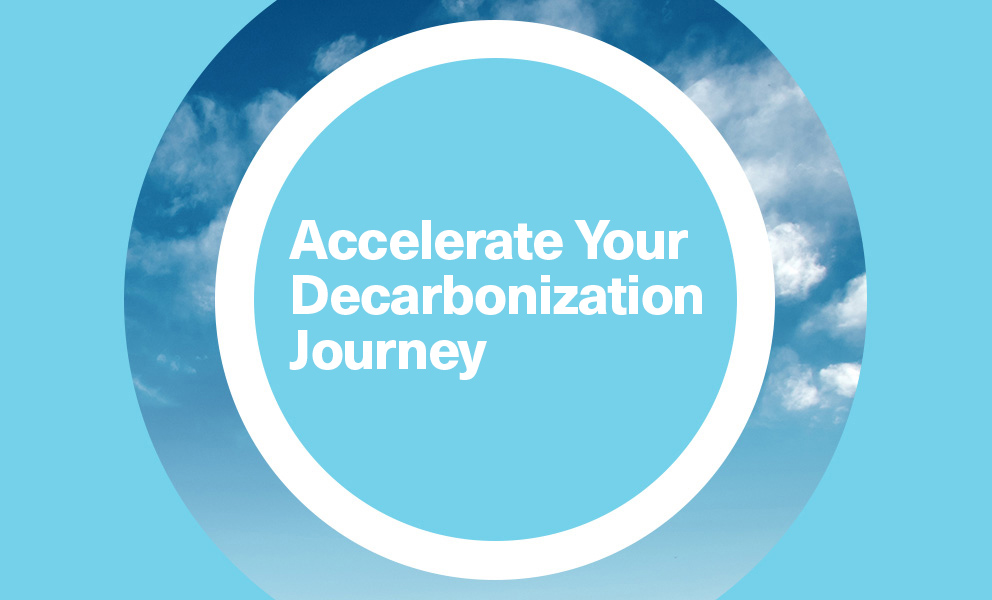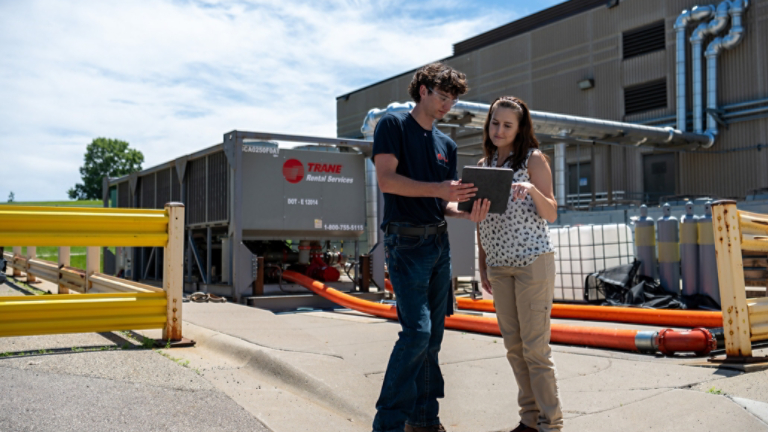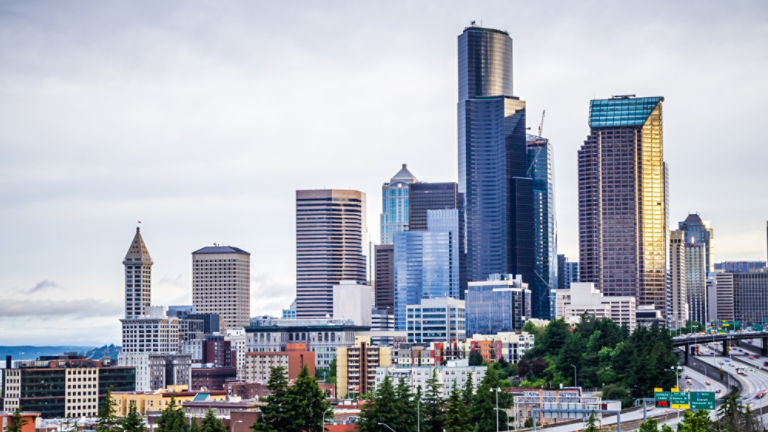1. Energy Audits.
Audits are a great way to get a sense for the potential size and scope of your decarbonization program. An assessment of your building’s energy usage will help you establish a baseline to work from, as well as help you identify potential areas for improvement. An audit consists of a high-level review of building operations starting with a thorough building walkthrough supplemented by interviews with company engineers, building managers, and other key stakeholders.
2. Preventive Maintenance.
Where building systems are concerned, a little care can go a very long way, particularly when it comes to preventing unplanned expenses in the form of labor costs, higher energy bills, regulatory fines and business and productivity losses. Regular preventive maintenance helps you stay on top of your system performance and can be done on a timetable of your choosing. An active program will not only help reduce unexpected downtime, it will help prolong the life of your equipment.
3. Control Upgrades.
Advances in technology have allowed controls to become the centerpieces of many building decarbonization efforts, providing innovative new ways to drive efficiency through better building management. Consider incorporating some of the latest building productivity tools including remote management, troubleshooting, energy management, and data analysis tools – most of which can be accessed from virtually any location via a personal computer, tablet, or smartphone with a web browser.
4. Electrification.
Heat electrification simply means utilizing HVAC equipment powered by electricity instead of fossil fuels like natural gas, coal or oil. Electrification usually involves one of four basic HVAC technologies: heat pumps, which use electricity to heat or cool from a single unit; hybrid HVAC systems which combine gas and electric heating, switching between the two depending on outdoor conditions; heat recovery where waste heat is recovered from other systems and reused to heat a building, and; thermal energy storage, which stores and dispatches waste heat like a battery to deliver heating and cooling.
5. Lighting Upgrades.
Switching to newer LEDs is one way to transition to an energy-saving lighting system. Integrating lighting with HVAC controls is a way to take your lighting to the next level of efficiency, driving additional energy savings while leveraging your system to collect valuable business data. Whatever type of solution you choose, you’ll find that today’s new lighting technologies will not only help you meet your energy retrofit objectives, but they will also expand the possibilities of what your building lighting can do.
6. Refrigerant Selection.
The refrigerants we need to run HVAC systems and keep our buildings comfortable can emit large amounts of harmful GHGs. Converting to next generation, low-GWP refrigerants is a great way to slow your building’s emissions. That said, refrigerant conversion and management is a complex undertaking. If you think a refrigerant conversion might be right for you, make sure to conduct a thorough assessment of your equipment and make any necessary retrofits before working you’re your OEM service team to recharge with a new environmentally friendly refrigerant. If a conversion isn’t an option for your equipment, it’s important to ensure any new equipment utilizes lower GWP refrigerants.
7. Renewables.
Get your energy right and the rest of your operations will follow. Generating clean energy on-site can boost environmental sustainability and operational resiliency at the same time. Today there are more solutions that ever to help you meet your environmental sustainability goals, whether you’re interested in a photovoltaic solar, wind, geothermal, or biogas/biomass solution to power your buildings. When researching an energy improvement solution, look for a technology that will not only help you meet your capacity requirements, but that will also be optimal for your geography. Check also with your local utilities — you might be surprised by incentives they offer!
Want more ideas? Trane is the recognized industry leader when it comes to helping building owners decarbonize. If you want to learn the full depth and breadth of support that Trane can bring to your decarbonization program — wherever you happen to be in your decarbonization journey — contact your Trane representative.
About the Authors

Kasey Boxleitner, Decarbonization Sales Leader - As the Decarbonization Sales Leader, Kasey has responsibility for driving growth in the decarbonization space. She aids internal efforts to develop and implement standard work practices for strategic growth initiatives while supporting customer efforts to reduce carbon emissions. Kasey joined Trane after graduating from the University of Wisconsin with her bachelor’s in mechanical engineering in 2017. Kasey lives in Boston where she volunteers with Youth Enrichment Services and Project Scientist. She is on the Board of Governors for the Boston ASHRAE Chapter and is a member of BOMA and NAIOP.

Ali Hardinger-DeLarosby, Sr Marketing Manager for Building Services - Ali is currently the marketing manager for building services with Trane Commercial HVAC. She has been with the business for over 15 years and has worked in many disciplines of marketing including digital marketing, communications, product marketing and event planning. Ali also has a passion for helping to develop early talent. She has an MBA from the University of North Dakota and a bachelor’s in marketing from the University of Minnesota. Ali currently lives in Minneapolis.

















































































